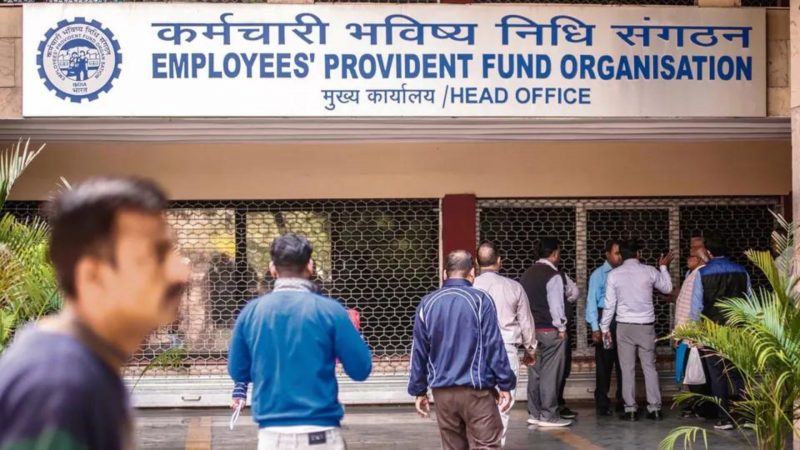
Check Your Eligibility to Get Higher EPFO Pension, As Per Official Guidelines
Retirement body Employees Provident Fund Organisation has come to a favourable conclusion which results in making some major changes for employees to avail the benefits of a higher EPFO pension. On Monday the authority released the set of guidelines which determines who is eligible to take higher EPFO pension benefits.

Eligibility Criteria to Get Higher EPFO Pension From EPFO
So, as per newly set guidelines, the salary cap of ₹15,000 per month to become eligible for the pension benefits has been increased. So, the final date to apply for a higher pension under EPS is March 3, 2023.
Now, as per modified guidelines the EPFO subscribers and employers, both the categories can combinedly apply for the higher pension for the Employees’ Pension Scheme (EPS). This concludes that the members can contribute 8.33 per cent of their basic salary.
“It is worth mentioning here that the pensionable salary cap, in 2014, increased from Rs 6,500 per month to Rs 15,000 per month by the EPS amendment of August 2014. This allowed members and their employers to jointly contribute 8.33 per cent of their actual salaries towards EPS if exceeding the cap,” mentioned by times now.
EPFO had provided the six-month time gap to opt for higher pension benefits. And even after this, members missed this chance to get such convenient financial benefits. So, in November 2022, the judgement announced by the Supreme Court provided more opportunities for the members to avail of the same benefit.
Also read:
What Are Latest NRI Taxation Rules in India?
So, Are You Eligible to Get Higher Pension Benefits From EPFO?
- In a circular, EPFO has clarified, with multiple points, about the members who are eligible for higher pension benefits. Here are they:
- Only existing employees or those who get retirement after September 1, 2014, are eligible to get higher pensions over the capped limit of the employees’ Pension Scheme (EPS) of 1995.
- “The employees and employers who had contributed on salary exceeding the prevalent wage ceiling of Rs 5,000 or 6,500.”
- Subscribers who have not opted for the joint option under the Employees’ Pension Scheme (EPS) of the pre-amendment scheme, while they were the member of EPS-95



